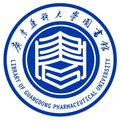

Compendium of Materia Medica
本
草
纲
目
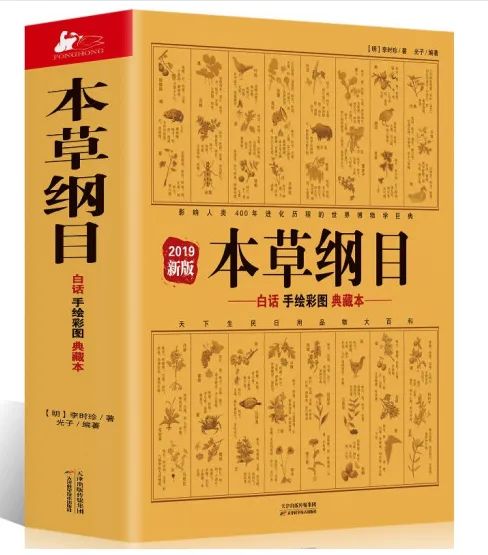
The Compendium of Materia Medica (Bencao Gangmu) was written by the Ming Dynasty physician Li Shizhen. It is a monumental work that synthesizes and summarizes previous achievements in materia medica, compiled over decades of practice and research. The book contains over 1.9 million words, divided into 16 sections and 60 categories, documenting 1,892 medicinal substances and collecting 11,096 medical prescriptions.
Many plants in the herb section of the Compendium of Materia Medica grow around us, scattered in various corners of our lives. They can be found in the mountains, parks, along roadsides, and even in the cracks of walls. So, do you recognize them? Do you understand them? Let us open the Compendium of Materia Medica together and participate in the “Identifying Chinese Medicinal Herbs Through Images” challenge to appreciate the profound depth of Traditional Chinese Medicine!
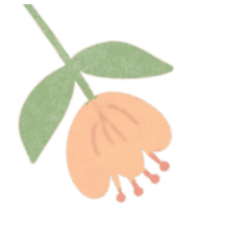
Guess the flowers and herbs from the images! The challenge begins!
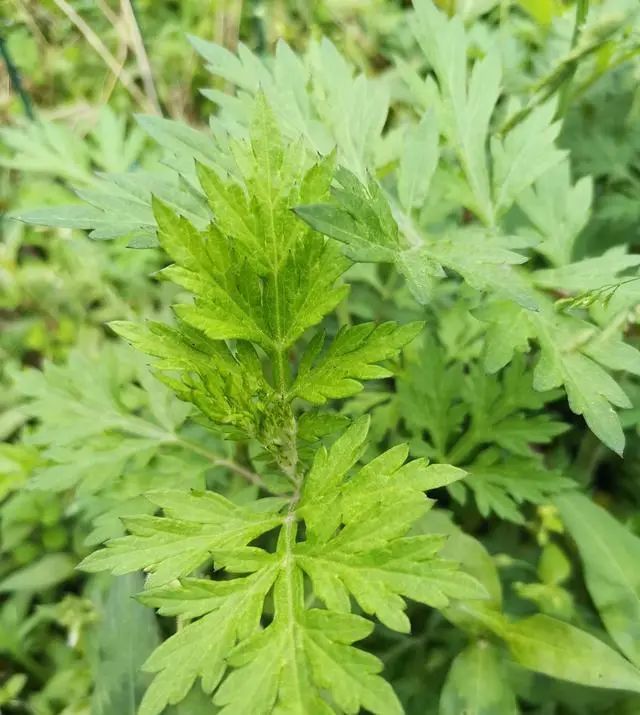
Ai Ye (Mugwort)
Classified in the Supplementary Records
[Alternate Names] Bingtai, Huangcao, Aihao.
[Summary][The Supplementary Records states] Ai Ye grows in fields and is harvested on the third day of the third lunar month, then dried in the sun. [Li Shizhen states] The origin of Ai Ye is not recorded in the materia medica, but it is said to grow in fields. In the Song Dynasty, the best was considered to be from Tangyin, while the Si Ming variety was depicted in illustrations. In modern times, the Tangyin variety is referred to as Bei Ai, and the Si Ming variety as Hai Ai. Since the Chenghua period, the Qizhou variety has been regarded as superior, used in various prescriptions, and highly valued. It is said that other varieties do not penetrate well when used for moxibustion, while Qizhou Ai penetrates thoroughly, which is a notable difference. This herb grows abundantly in mountainous areas. In February, the perennial roots sprout into clusters, with straight stems that are white, reaching four to five feet tall. The leaves are arranged in a whorled pattern, resembling mugwort, divided into five lobes, with small tips on the branches, green on the top and white on the underside, soft and thick with fine hairs. In July and August, flower spikes emerge resembling those of Plantago, with fine flowers and abundant seeds. The seeds are small and begin to wither after frost. All parts are harvested on the fifth day of the fifth lunar month, dried in the sun, and the leaves are collected. The late ancestor, Yue Chizi, once wrote a volume titled Qizai Chuan. There is a verse that says: “Grown in Shanyang, harvested on the Dragon Boat Festival. Treats diseases and alleviates ailments, its efficacy is not small.”
Swipe left
Check
View
Answer

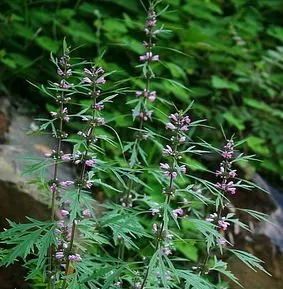
Chong Wei (Corydalis)
Classified in the Classic of Herbal Medicine as superior
[Alternate Names]Yi Mu, Zhen Wei, Ku Di Cao.
[Summary][The Supplementary Records states] Chong Wei grows by the seaside and in marshes, harvested in May. [Hongjing states] It is found everywhere now. The leaves resemble those of the oilseed rape, with a square stem and long, slender seeds with three edges. It is rarely used in prescriptions. [Song states] It is now abundant in gardens and fields. Guo Pu’s commentary on Er Ya states: “The leaves resemble oilseed rape, with a square stem and white flowers that grow at the nodes. Flowers bloom at each node, resembling a cockscomb, black in color, with stems having four edges, harvested in May. It is also said that the seeds can be harvested in September, but they are rarely used in prescriptions. [Zong Shi states] Chong Wei can be washed and cooked as a vegetable in early spring, and it does not wilt in winter.”
Swipe left
Check
View
Answer
案

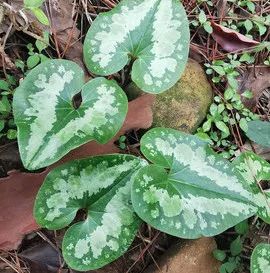
Du Heng (Duhuo)
Classified in the Supplementary Records as middle grade
[Alternate Names]Du Kui, Ma Ti Xiang, Tu Lu, Tu Xi Xin.
[Summary][The Supplementary Records states] Du Heng grows in valleys, harvested on the third day of the third lunar month, washed and dried in the sun. [Hongjing states] The roots and leaves resemble those of Xi Xin, but the aroma is slightly different. It is found everywhere. It is rarely used in prescriptions, mainly consumed by Daoists. It gives the body a fragrant scent. [Gong states] It grows in the shade of mountains and in moist lowlands. The leaves resemble those of the oilseed rape and are shaped like horse hooves. The roots resemble Xi Xin and Bai Qian. In modern times, it is often confused with other herbs, which is incorrect. The stem has four leaves, with white flowers growing between the leaves, lacking any fragrance. It is toxic and can induce vomiting; it is only used for treating sores and scabies, and should not be used indiscriminately.
Swipe left
Check
View
Answer
案

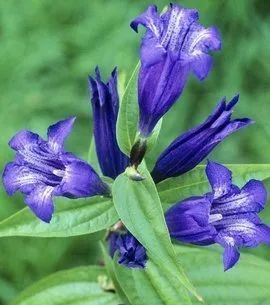
Long Dan (Gentian)
Classified in the Classic of Herbal Medicine as middle grade
[Alternate Names]Ling You.
[Summary][The Supplementary Records states] Long Dan grows in the valleys of Qiqi Mountain and Yuangu, harvested in February, August, November, and December, and dried in the shade. [Song states] The perennial roots are yellow and white, with more than ten roots sprouting downwards, resembling Niuxi but shorter. The stems grow straight, reaching over a foot tall. In April, the leaves emerge resembling tender garlic, with thin stems like small bamboo branches. In July, flowers bloom resembling bellflowers, blue-green in color. After winter, seeds are produced, and the plants wither. Commonly referred to as grass Long Dan.
Swipe left
Check
View
Answer
案
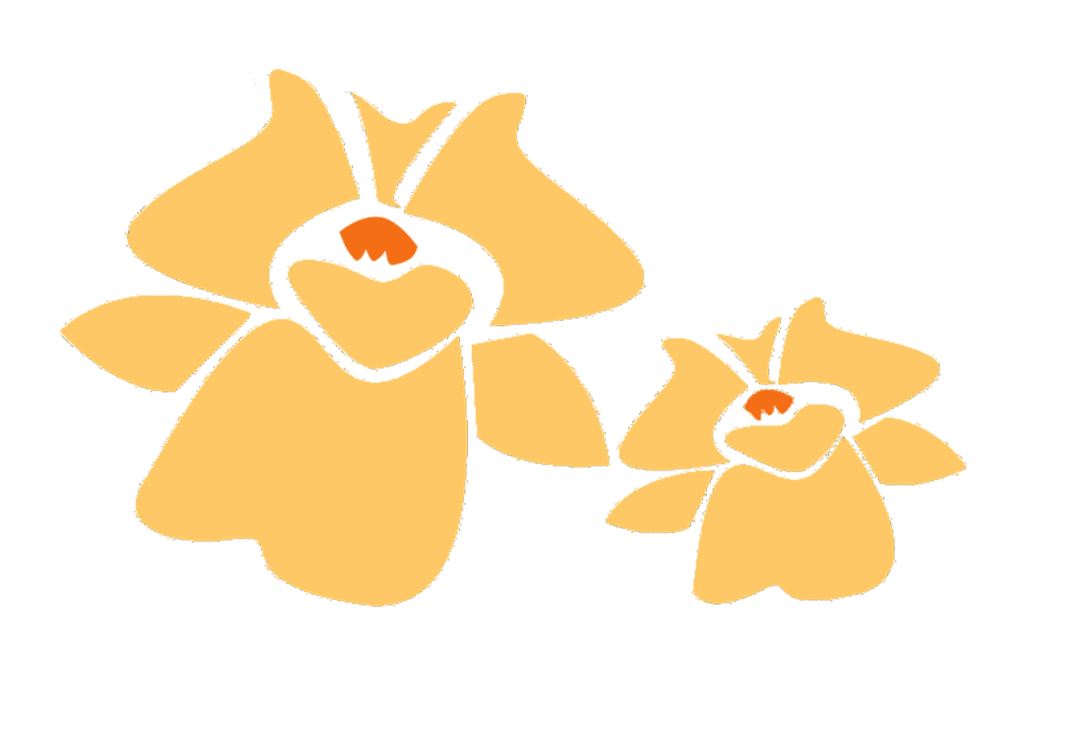
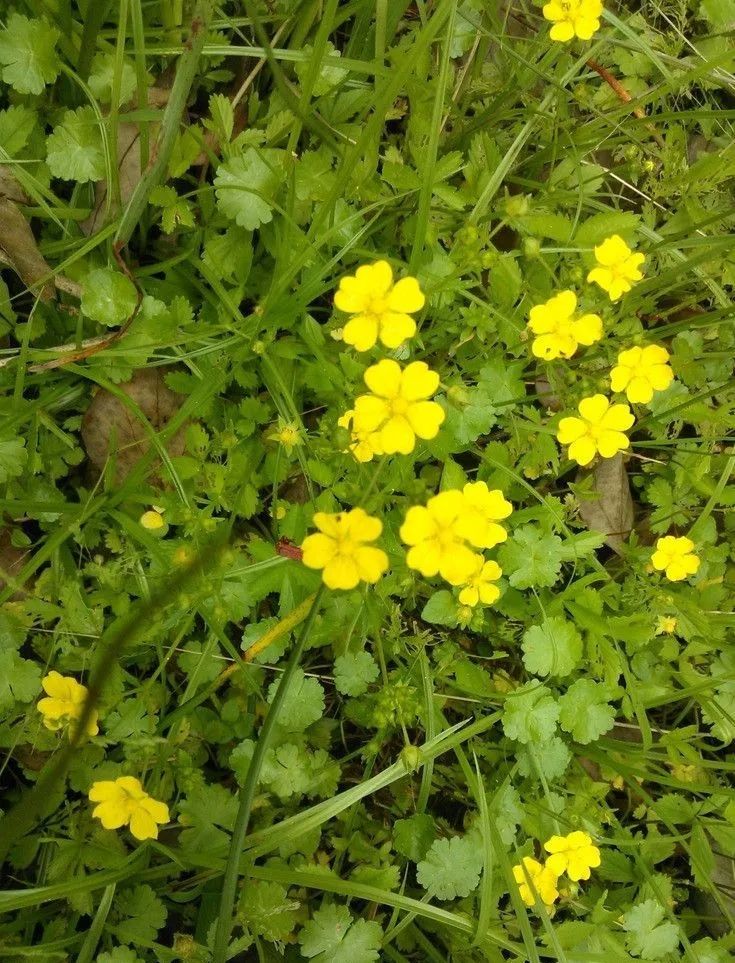
Mao Gun (Buttercup)
Classified in the Supplementary Records
[Alternate Names]Mao Jian Cao, Shui Gan, Hou Suan.
[Summary][The Collection of Medicinal Herbs states] Mao Gun is a toxic herb that resembles the stone dragon’s tail. It is toxic and unrelated to the stone dragon. Ge Hong’s Hundred and One Prescriptions states: “In the vegetables, there is Shui Gan, with round and shiny leaves, growing by the water. It is toxic, and crabs often eat it. If humans mistakenly consume it, they may go mad, resembling a stroke, or vomit blood; licorice juice can counteract it. It is also called Mao Jian Cao, growing in Jiangdong, in fields and marshes. The leaves are large and round, hairy on top. The flowers are yellow, and the seeds resemble spiny fruits. [Li Shizhen states] Mao Jian and Mao Gun are now known as Mao Jin, growing in wet areas. In spring, the plants grow tall, with three leaves per stem, and the leaves have three lobes and fine notches. They bloom small yellow flowers in April and May, producing seeds that resemble green mulberries. It is a common misconception that geese do not eat this herb. Alchemists use the juice to boil sulfur. Shen Cunzhong’s Notes states that there are two types of stone dragon: the aquatic type has shiny leaves and round tips, while the terrestrial type has hairy leaves and sharp tips. This is the hairy-leaved type, which should be distinguished.
Swipe left
Check
View
Answer
案

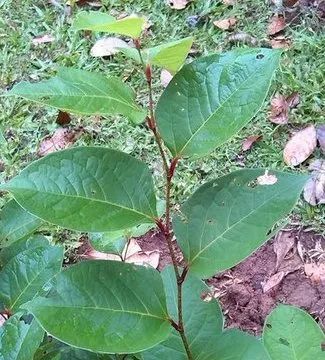
Hu Zhang (Japanese Knotweed)
Classified in the Supplementary Records as middle grade
[Alternate Names]Ku Zhang, Da Chong Zhang, Ban Zhang, Suan Zhang.
[Summary][Hongjing states] It is very common in fields, resembling large Polygonum, with spotted stems and round leaves. [Baosheng states] It is found everywhere, growing in moist lowlands, reaching over ten feet tall, with red stems and yellow roots. The roots are harvested in February and March, then dried. [Zong Shi states] This herb is medicinal. The Shu Ben states that it can grow over ten feet tall, which is incorrect. Generally, it resembles cold chrysanthemum, but the flowers, leaves, stems, and pistils are significantly different. The stems and leaves have black spots. It blooms in June and July, and is harvested in mid-September. The flower petals are four-parted, and the color of the flowers is slightly deep.
Swipe left
Check
View
Answer

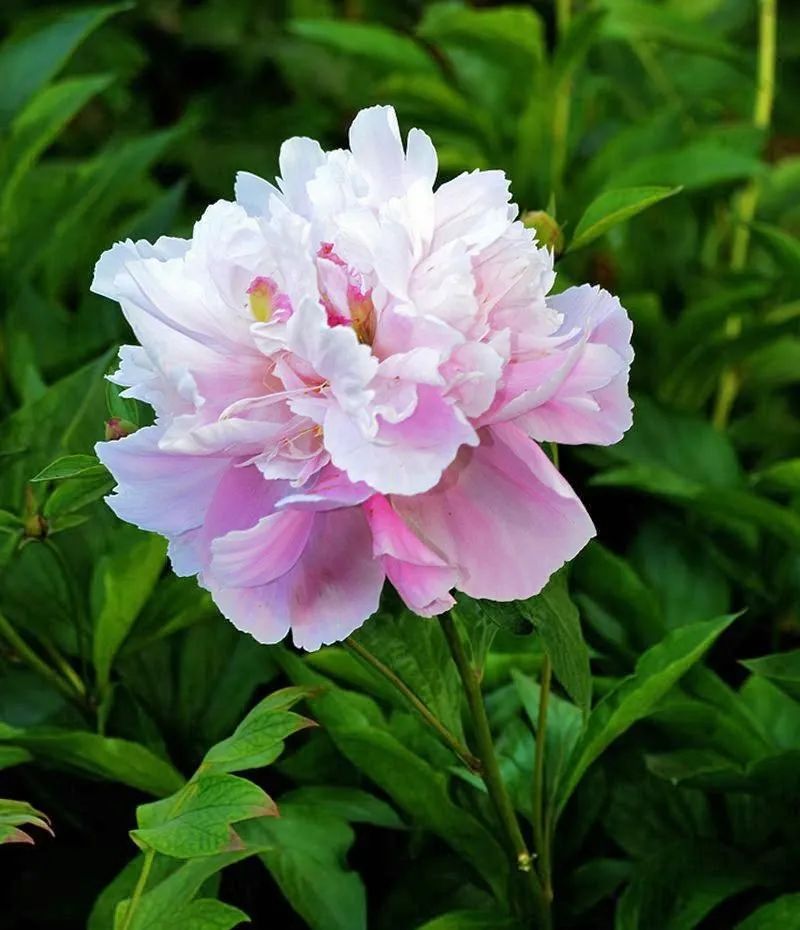
Shao Yao (Peony)
Classified in the Classic of Herbal Medicine as middle grade
[Alternate Names]Jiang Li, Li Shi.
[Summary][The Supplementary Records states] Shao Yao grows in the valleys of Zhongyue and hills, harvested in February and August, and dried in the sun. [Hongjing states] The best varieties come from Baishan, Jiangshan, and Maoshan, which are white and about a foot long. Other places also have it, but the red ones are less effective. [Song states] It is now found everywhere, with the southern varieties being superior. In spring, red buds form clusters, with three to five leaves per stem, resembling peonies but narrower, growing one to two feet tall. In early summer, flowers bloom in red, white, and purple, with seeds resembling small peony seeds. The roots are harvested in autumn. [Li Shizhen states] It was said that the peonies of Luoyang and the Shao Yao of Yangzhou are the best in the world. In modern herbal medicine, many prescriptions also use those from Yangzhou. The buds sprout in October and grow until spring, blooming in March. The medicinal parts are the roots with single leaves, and the flavor is rich and thick. The distinction is based on the color of the flowers.
Swipe left
Check
View
Answer
案

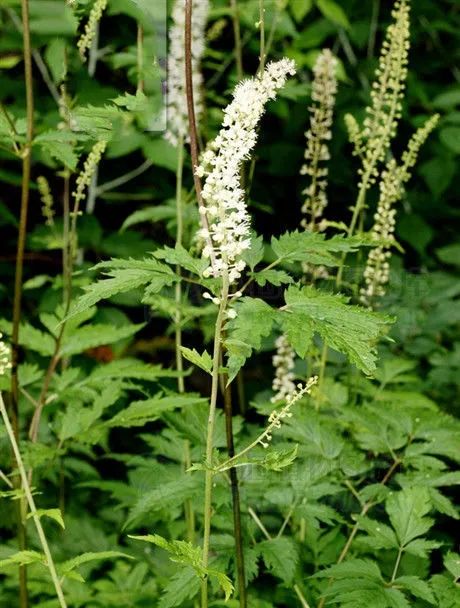
Sheng Ma (Cimicifuga)
Classified in the Classic of Herbal Medicine as superior
[Alternate Names]Zhou Ma.
[Summary][The Supplementary Records states] Sheng Ma grows in the valleys of Yizhou. It is harvested in February and August and dried in the sun. [Hongjing states] The best comes from Ningzhou, which is thin and black, very solid. Now it only comes from Yizhou, and the best is finely sliced, with a greenish-blue skin, known as Ji Gu Sheng Ma. There are also varieties from the north, which are larger but have a thin flavor and are not suitable for use. It is said to be the root of the “fallen bride,” but this is not the case. Its appearance is similar, but the aroma and color are different. The fallen bride also detoxifies and is used for bathing children. [The Collection of Medicinal Herbs states] The fallen bride is often referred to as small Sheng Ma, with similar functions to Sheng Ma, but there are differences in size. [The Records state] Sheng Ma is now found in Songshan, and the best comes from Shu. In spring, the plants grow to three feet tall. The leaves resemble hemp leaves and are green. In April and May, flowers bloom, resembling millet spikes, white in color. After June, seeds are produced, which are black. The roots resemble those of mugwort, purple-black, and have many fibrous roots.
Swipe left
Check
View
Answer
案

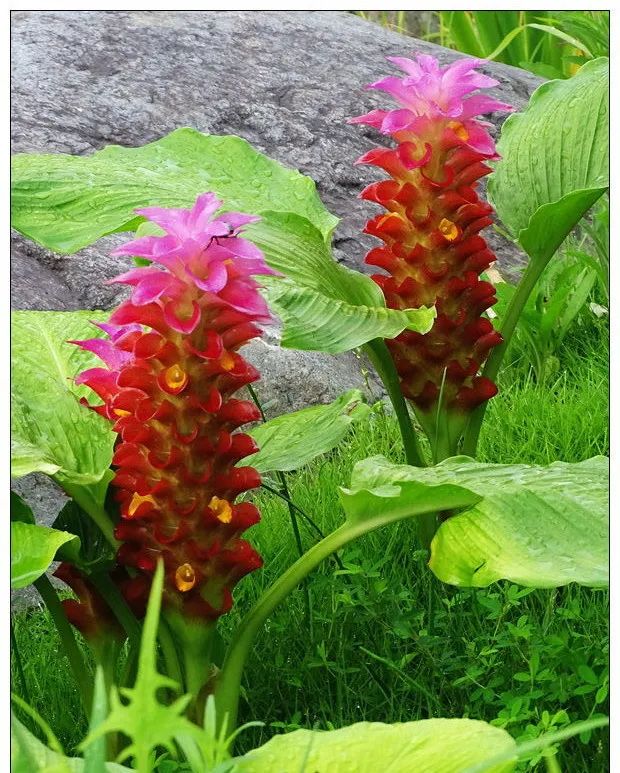
Xuchang Qing (Corydalis)
Classified in the Classic of Herbal Medicine as superior
[Alternate Names]Gui Du You, Bie Xian Zong.
[Li Shizhen states] Xuchang Qing is a person’s name, and this herb is often used to treat evil diseases, hence the name.
[Summary][Gong states] It is found in moist valleys. The leaves resemble willow, with two leaves opposite each other, shiny. The roots resemble Xi Xin, slightly thicker and longer, yellow with a foul odor. It is commonly mistaken for Gui Du You, but it is not. Gui Du You has its own characteristics. [Baosheng states] It grows in moist valleys. The seedlings resemble small mulberry trees, with two leaves opposite each other. In March, the seedlings are green, and in July and August, they produce seeds resembling small lotus seeds. In September, the seedlings turn yellow, and in October, they wither. The roots are harvested in August and dried in the sun. [Li Shizhen states] Gui Du You and Ji are different in their properties, and their seedlings are also different. The seedlings of Xuchang Qing are different from Gui Du You, but their effects are similar. The roots and seedlings of Du Heng are similar, but they are closely related and can be easily confused.
Swipe left
Check
View
Answer
案

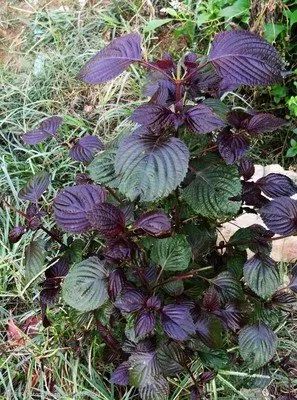
Yu Jin (Curcuma)
Classified in the Tang Materia Medica
[Alternate Names]Ma Zhu.
[Summary][Gong states] Yu Jin grows in Shu and the Western regions. The seedlings resemble turmeric, with white flowers and red stems, and the stems emerge in late autumn without seeds. The roots are yellow and red, harvested from the surrounding roots, peeled and dried by fire. It is used in horse medicine to invigorate blood and replenish. The Hu people refer to it as Ma Zhu. In Guangnan and Jiangxi, it is also found, but it is not as good as that from Shu. In early April, the seedlings emerge resembling turmeric, as stated by Su Gong. [Zong Shi states] Yu Jin does not have a fragrance. Nowadays, people use it to dye women’s clothing in bright colors, but it does not withstand sunlight and has a slight fragrance of Yu Jin.
Swipe left
Check
View
Answer
案


Su (Perilla)
Classified in the Supplementary Records as middle grade
[Alternate Names]Zi Su, Chi Su, Gui Ren.
[Summary][Hongjing states] The leaves of Su are purple on the underside and have a strong aroma. The ones without purple are called wild Su and are not suitable for use. [Song states] Su is purple perilla. It is found everywhere, and the best ones have purple on both sides. The stems and leaves are harvested in summer, and the seeds in autumn. There are several varieties, including water perilla, fish perilla, and mountain fish perilla, each with distinct characteristics. [Li Shizhen states] Both purple and white perilla are sown in February and March, or they may self-seed in the ground. The stems are square, and the leaves are clustered with pointed tips, serrated edges. In fertile soil, both sides are purple; in poor soil, the top is green and the underside purple. The white perilla has both sides white and is a type of oilseed. The tender leaves of purple perilla are harvested and used in dishes, or salted and mixed with plum juice for a fragrant dish. In summer, the roots are harvested, roasted, and dried for long-term use. In August, small purple flowers bloom, forming spikes like those of mint. In September, the seeds are harvested when they are half-dry, resembling mustard seeds in yellow-red color, and oil can also be extracted from them like oilseed.

Contributed by | Zhongshan Branch
Text and Image Editor | Chen Li

